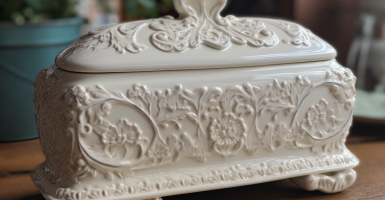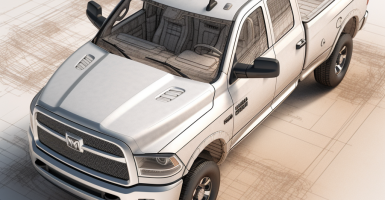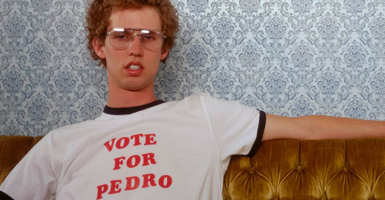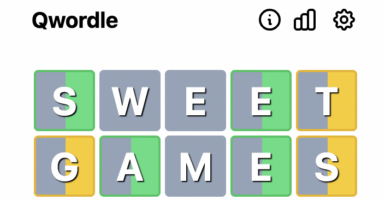The Grand Canyon’s Hidden Secret Revealed By One Adventurer
It was 1927 when Walter Peck almost tumbled into a hole in the Grand Canyon on the way to his friend’s house for poker night. Then, the very next day, everything changed for him. Peck and his buddies were about to stumble across something amazing that would come to evolve over time.
The hole went from being a small tourist attraction to a secret bunker to something else altogether. Peck had no clue that his finding would become one of the best-kept secrets hidden within an iconic American landmark…
Read on to learn more about this amazing discovery!
It All Started With Walter Peck
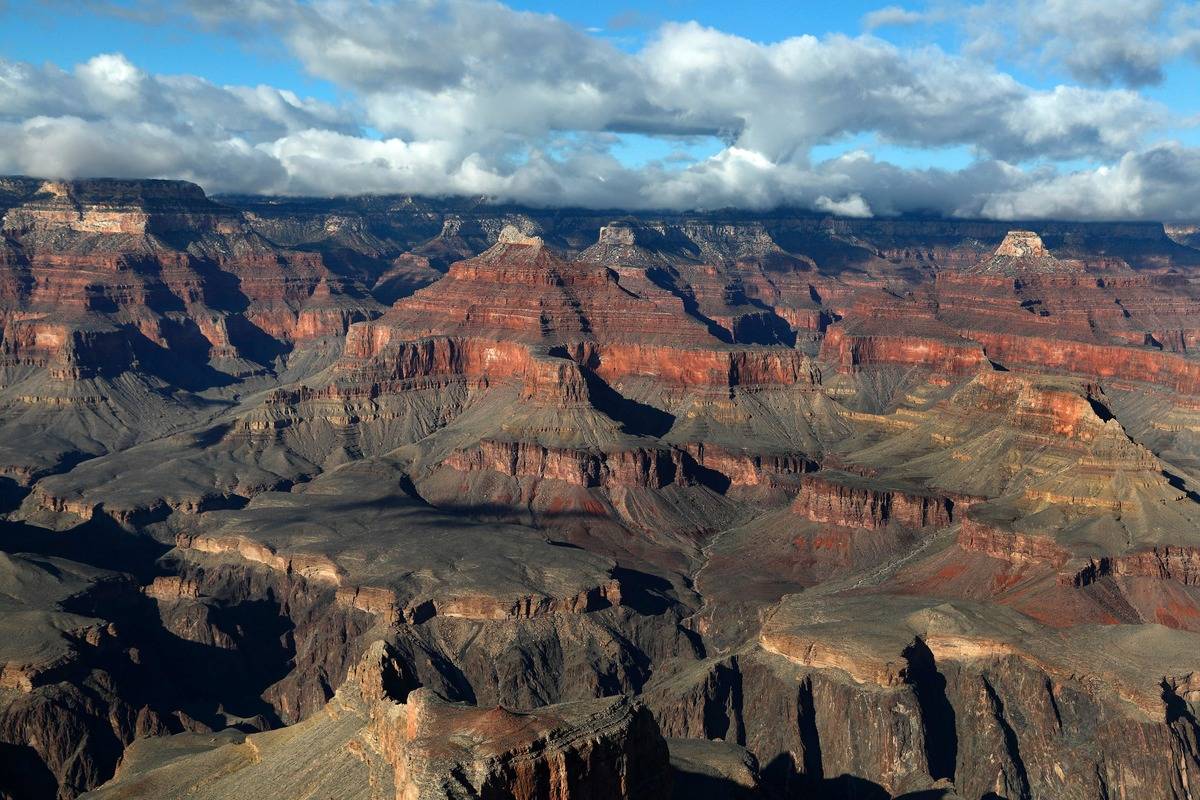
For Walter Peck, it was a typical evening. He was walking down a Grand Canyon trail on his way to a friend’s house for poker night. Unfortunately, for the woodcutter, his night was about to take a nightmarish turn.
On the rocky pathway, Peck lost his footing. He was very close to falling into a funnel-shaped hole! Thankfully, he was able to regain his balance and get to his friend’s house unharmed. That doesn’t mean he wasn’t going to go back to the hole in the daylight to explore.
One Cowboy And 150-Feet Of Rope Descended Into The Hole
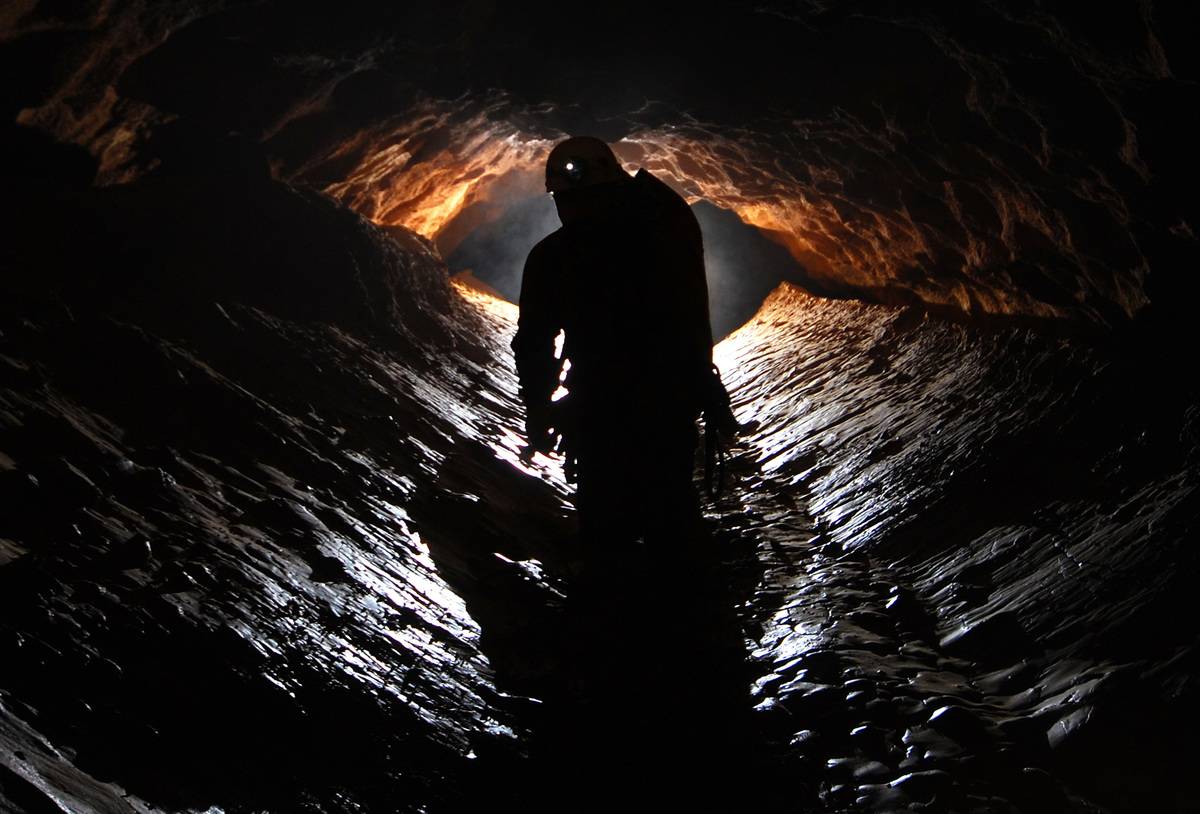
The very next day, Peck recruited his friends and they made their way back to the hole he almost fell in the night before. Equipped with a lot of rope, the men tied it around a local cowboy‘s waist and lowered him in to the ground.
It took about 150 feet of rope before the cowboy touched down at the bottom. But that wasn’t before he saw something strange on his way to the ground.
He Spotted Two Skeletons
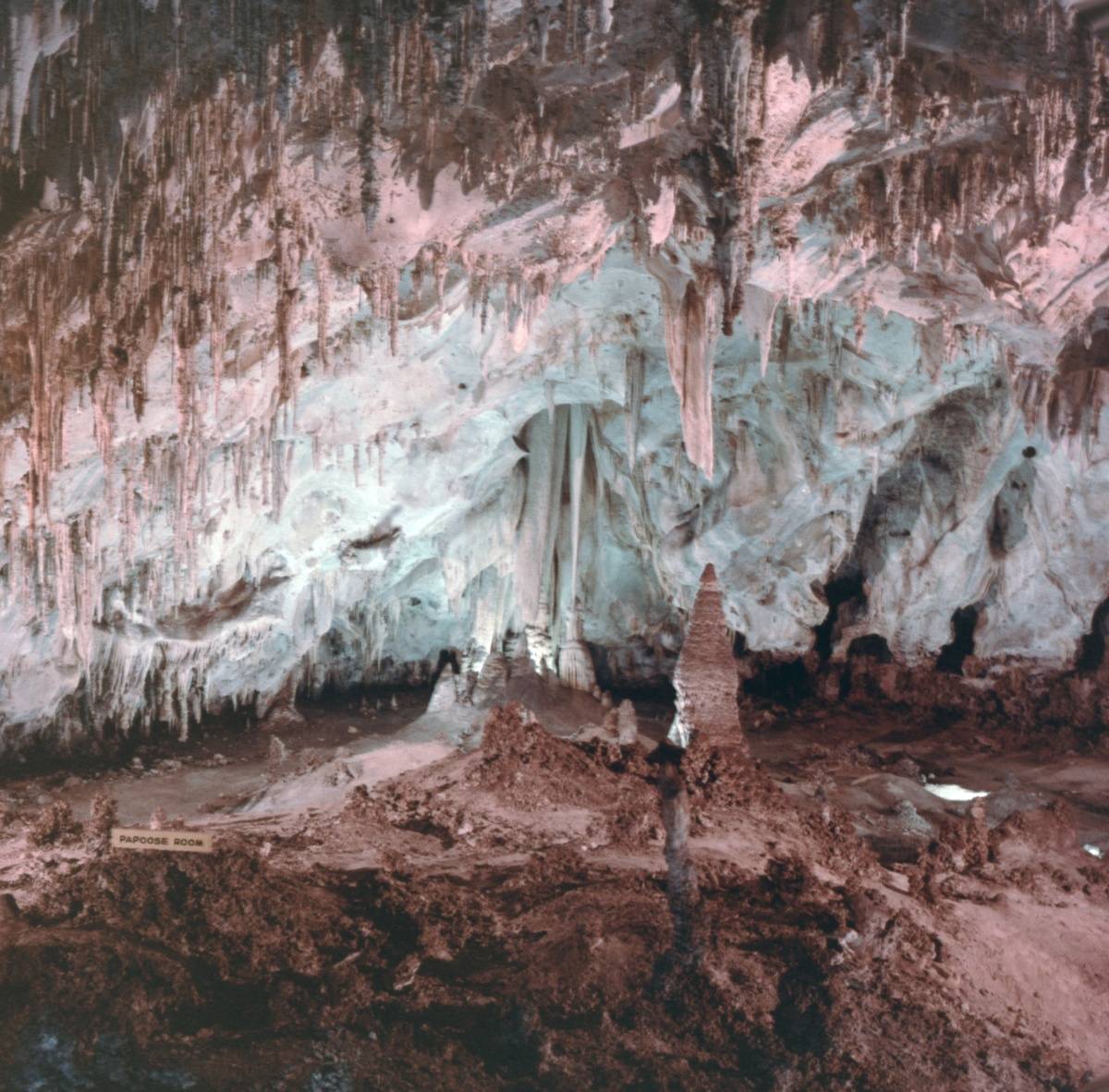
When the cowboy made his way out of the hole and back above ground, he told his friends what he had witnessed. On the way down to the bottom of the hole, he had spotted two skeletons on a ridge.
This was not exactly the treasure Peck and his friends were hoping for when they started the adventure! But the group was in for a surprise. See, the cavern was worth way more than they initially realized.
They Were Just Scratching The Surface
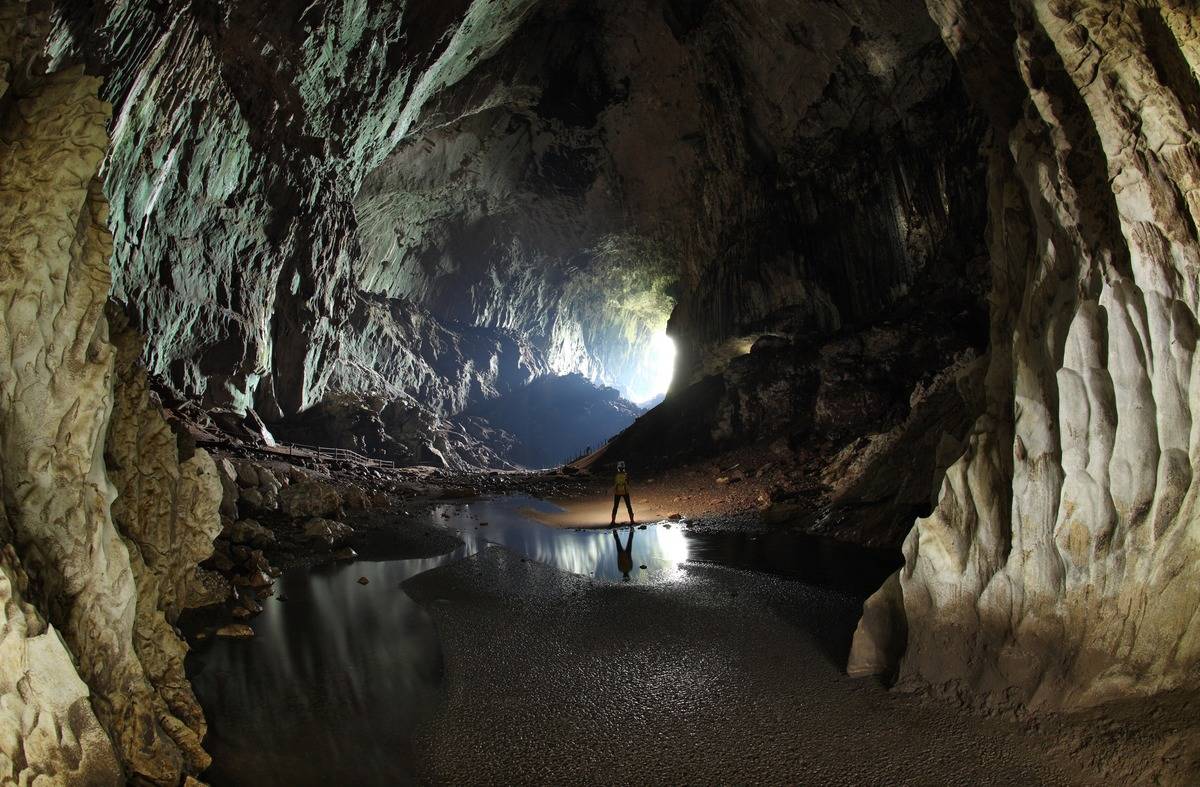
Of course, the Grand Canyon is famous for having gaping caverns and gorges to explore. But there are smaller holes that people tend to overlook. Walter Peck experienced this firsthand in 1927 when he almost fell down the 150-foot deep hole on the way to his friend’s house.
But what Peck and his friends expected to find in the hole is far from what they eventually discovered. What they uncovered was something else altogether.
Peck Had Dreams Of Gold
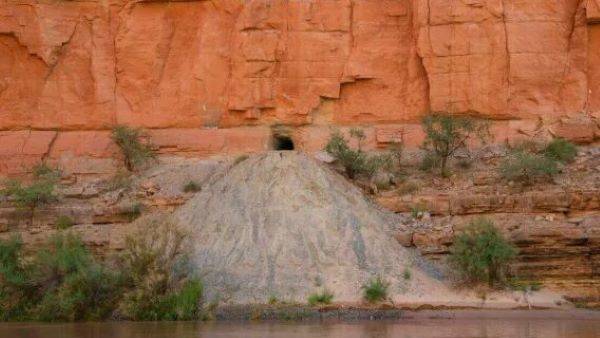
The woodcutter and his poker friends really thought they were going to stumble upon a gold mine. The hole seemed to be untouched, so they had reason to believe there was some type of treasure sitting below.
So, they strapped in one of their friends with some rope (not the safest way to do things) and slowly lowered him into the darkness. What he found while being lowered into the ground was something he never expected.
Down He Went
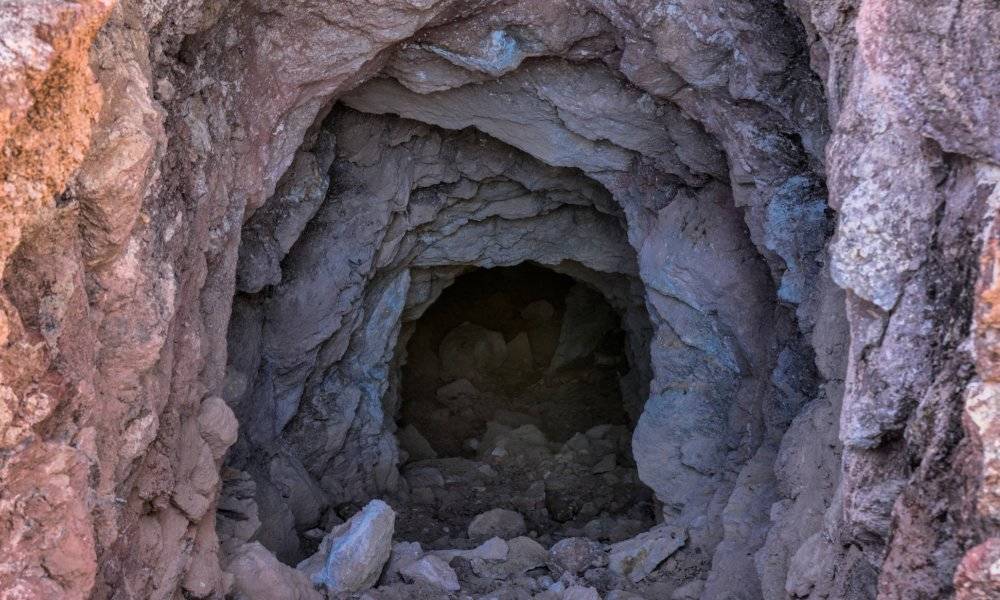
When the cowboy was lowered down into the hole, he brought with him an oil lamp. There’s no need to explore a 150-foot hole if you can’t see any of the surrounding areas when you get to the bottom, after all.
Once his feet touched the ground, he took a look around, wondering if he was going to see piles of gold or some other treasure. Instead, his lamp reflected off some glittery rock-like surface.
He Gathered Some Samples To Show His Friends
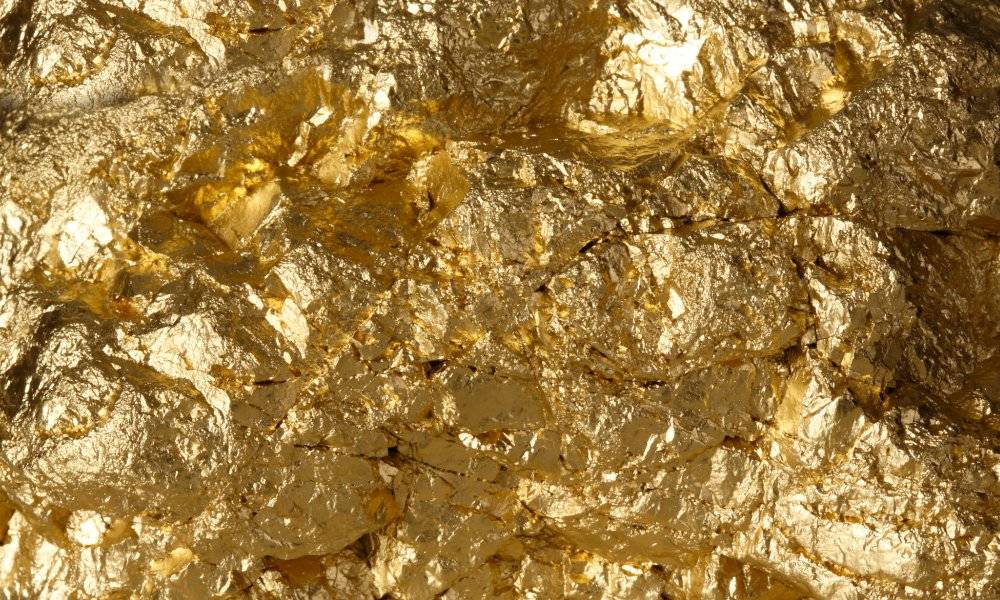
At first, the cowboy had no idea what the glittery substance could possibly be. Then he took a closer look. Upon further inspection, he came to the conclusion that the material was gold. But he was no rock expert, so his guess was just that; a guess.
So, the cowboy did the logical thing, taking some samples and storing them in a pouch to show his friends. Now, it was time to journey back up the hole.
Everyone Was Excited About The Prospect Of Gold
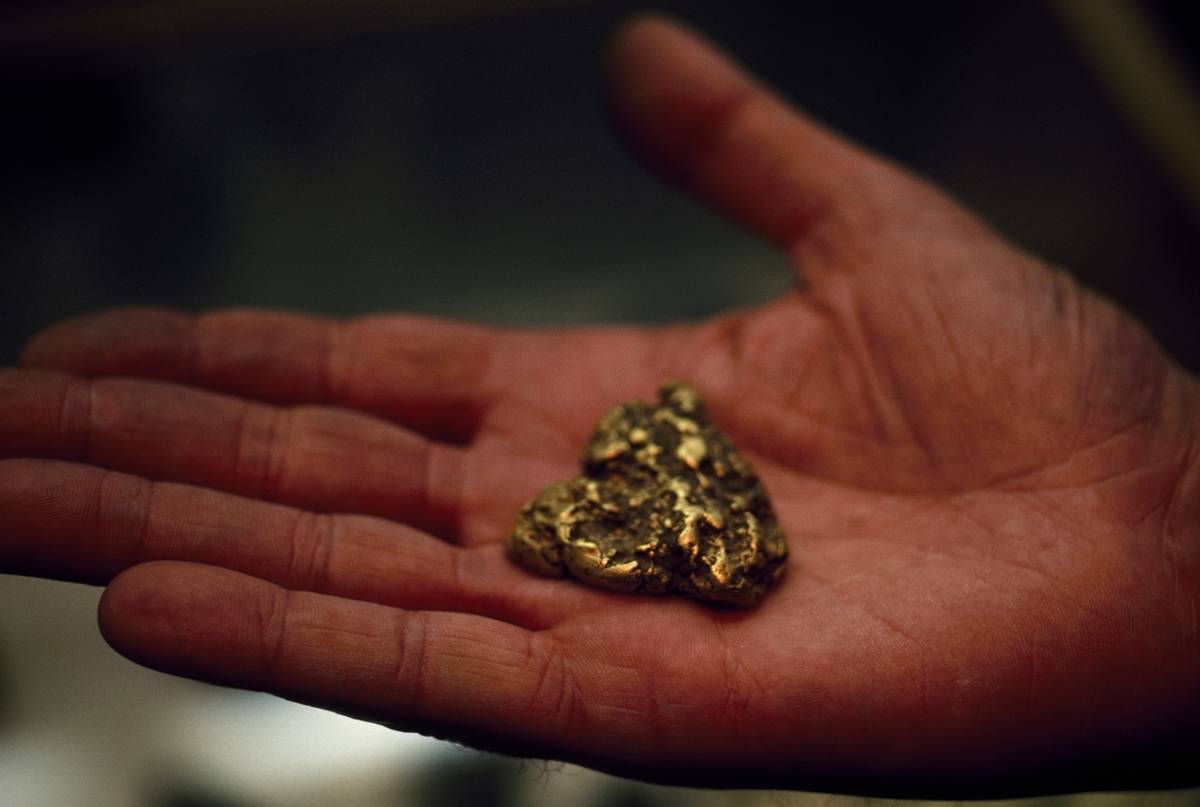
Once he made it back topside, he showed his pouch full of findings to his friends and Peck. They were all excited about the prospect of stumbling upon a wall of gold! But the thing is, the glittery rock wasn’t the only thing the cowboy saw in the hole.
About 50 feet down the hole, the cowboy spotted two skeletons laid to rest on a ridge. Who could they possibly be? And how did they end up in the hole?
Peck Purchased The Land
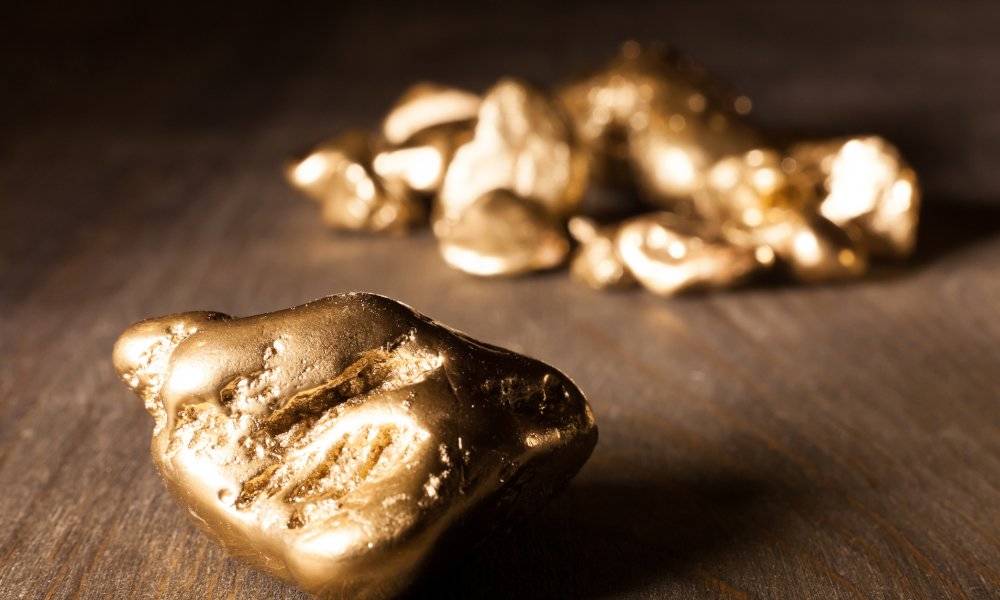
Not too surprisingly, Peck wasn’t really interested in the two skeletons in the hole. Rather he wanted to know more about the vein of potential gold 150-feet underground. How much was it worth? Was he about to turn into an overnight millionaire?
Peck’s next step was to purchase the land, so he was legally allowed to excavate the glittery rocks underground. The thing is, he didn’t bring the samples to an expert, meaning he didn’t really know if it was gold or not.
The Purchase Was A Bust
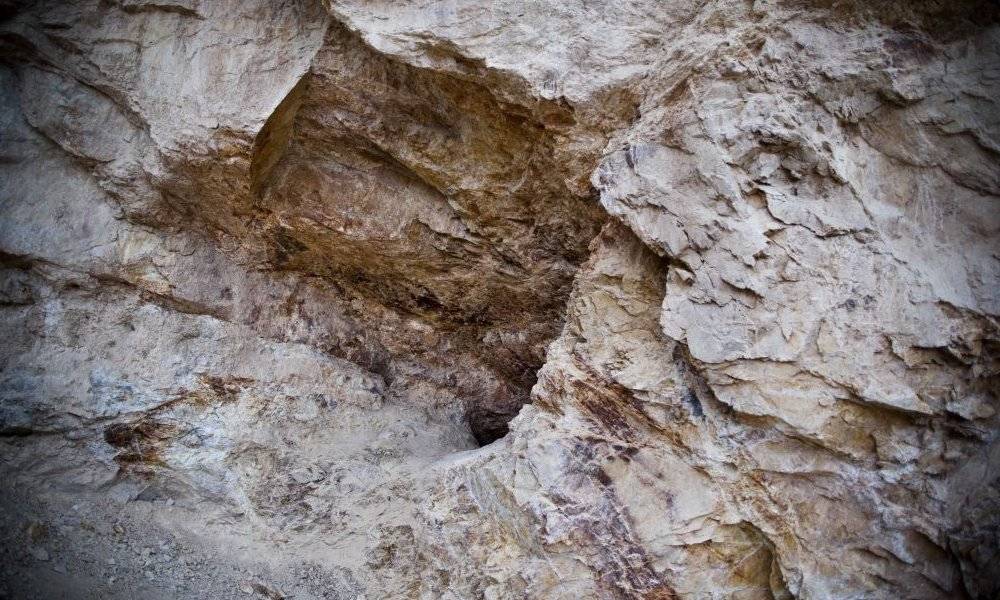
Peck probably should have called up a rock expert before purchasing the chunk of land in the middle of the Grand Canyon. As it turned out, the “gold” was nothing more than a streak of iron oxide or rust. So, there was nothing precious about his find.
He ended up throwing his cash into a literal money pit. But did he? It was then that Peck remembered the two skeletons the cowboy had seen on his way down.
“Dope On A Rope” Was Born
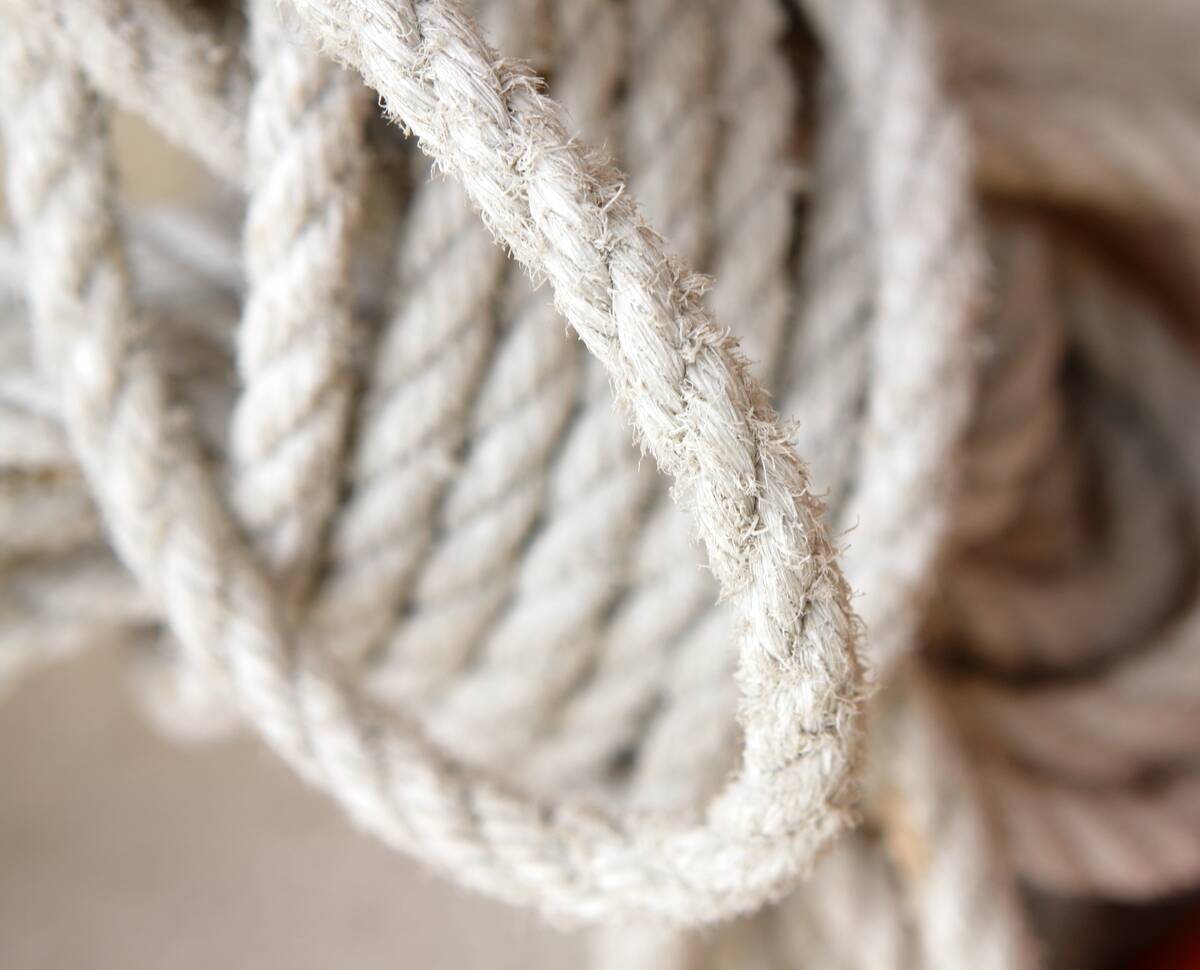
Peck concocted a plan to market the skeletal remains as cavemen. He thought people from all over would be curious to see the specimens. And he couldn’t have been more right. The human race is way too curious for its own good!
Of course, there were no stairs that went down the hole. So, Peck would wrap a rope around the customers, much like his cowboy friend, and lower them into the hole. The attraction was aptly named “Dope on a Rope.”
Peck Was Gaining Workers To Give The Attraction Upgrades
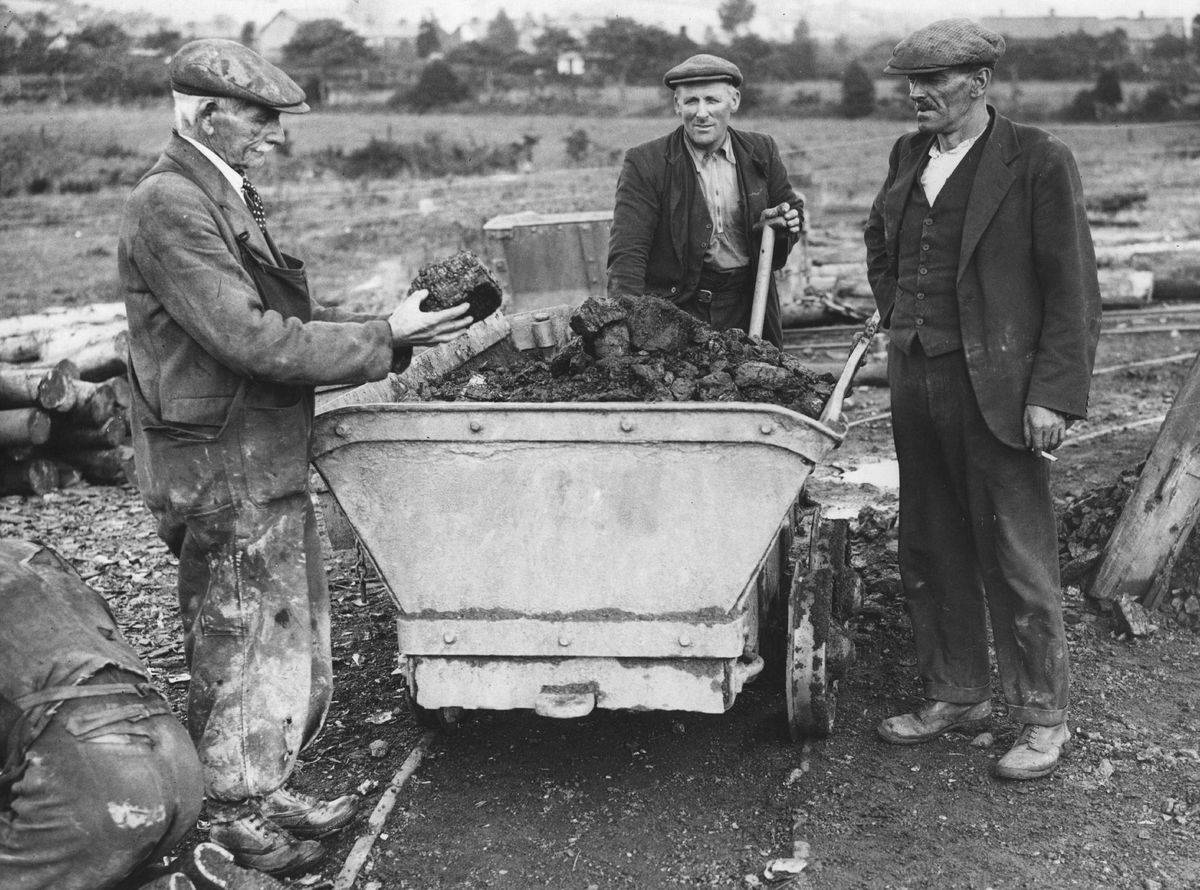
Thankfully, the “definitely not safe elevator” got a facelift in 1935. Both the Civilian Conservation Corps (CCC) and the Works Progress Administration were helping working Americans who were struggling during the Great Depression. So, the CCC and Peck came to an agreement of sorts.
The organization was going to provide Peck with labor who were in desperate need of work. And in return, Peck got a new, safer entrance to his attraction.
Peck Didn’t Have To Worry About Lowering Customers Anymore
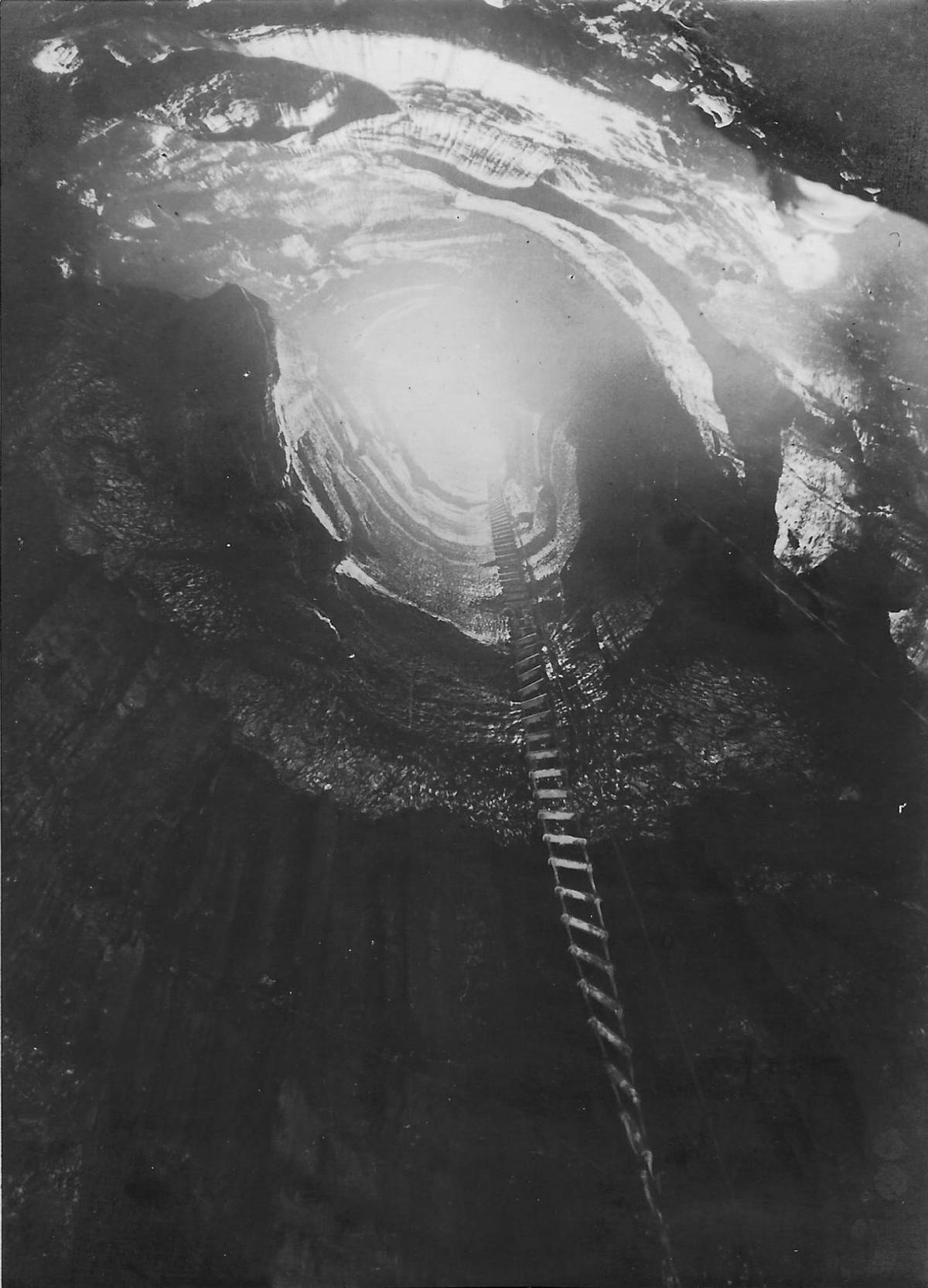
The only thing Peck had to give to his new workers were the materials to do their job. By the end of their time at “Dope on a Rope,” the workers had managed to build a wooden stairwell, three 15-foot ladders, and even a 60-foot suspension bridge in the cavern.
Now, instead of lowering customers one at a time, Peck could allow multiple people inside the cave. Would you believe that the cost of entry was only 50 cents?
He Decided To Close Off The Original Entry Point
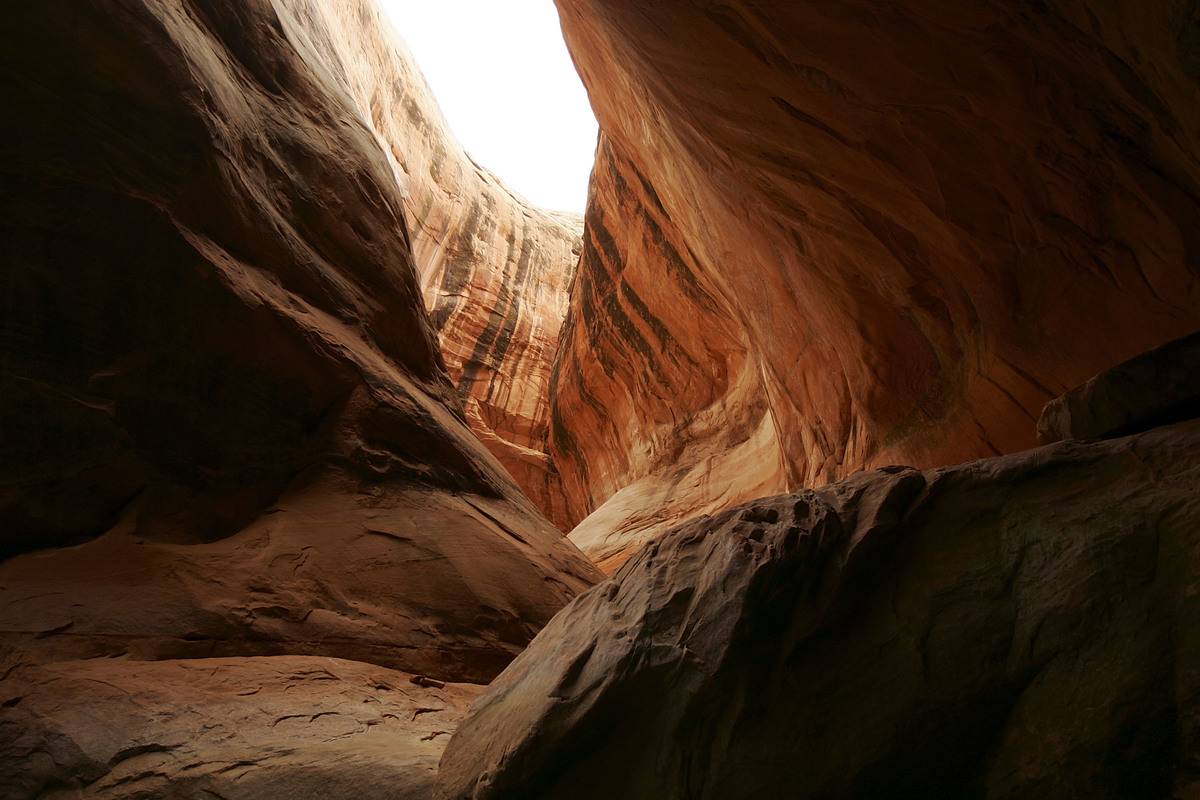
Eventually, Peck was able to install an actual elevator into the cavern. But that wasn’t until years later, in 1962. It was then that Peck decided to seal off the natural entrance he’d almost plummeted down years before.
Ironically, Peck didn’t decide to seal off the hole because of the elevator. Instead, he thought it best to close it because of the skeletal remains. You won’t believe why he ended up closing the entry point to the hole.
The Remains Were Members Of The Hualapai Tribe
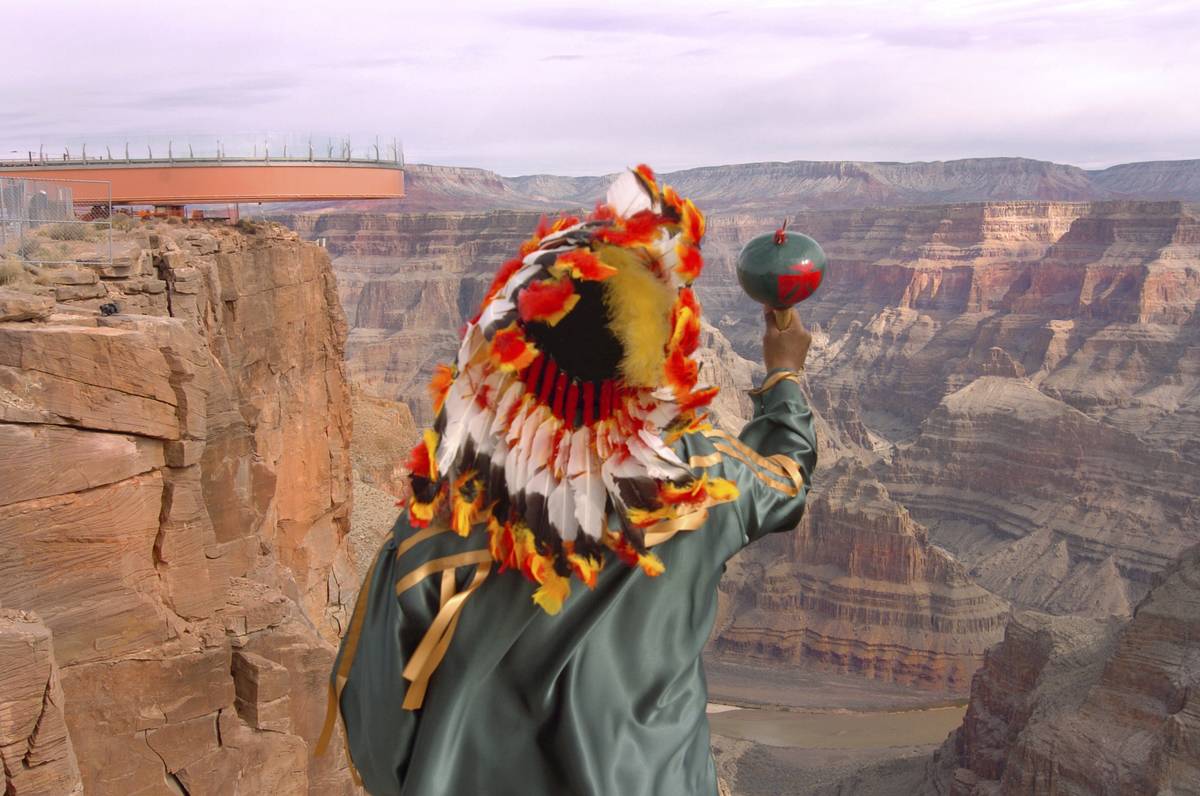
After learning from his “gold” mistake, Peck went to experts to find out more about the mysterious skeletons his friend found in the cave back in the ’20s. As it turned out, Hualapai Native Americans were hiking the hillside above the cave about a decade prior to the skeletons’ discovery.
But the elements weren’t too kind to them. And after a period, two of the tribe’s people came down with the flu. It looks as though they were left behind.
They Needed To Figure Out A Burial Site
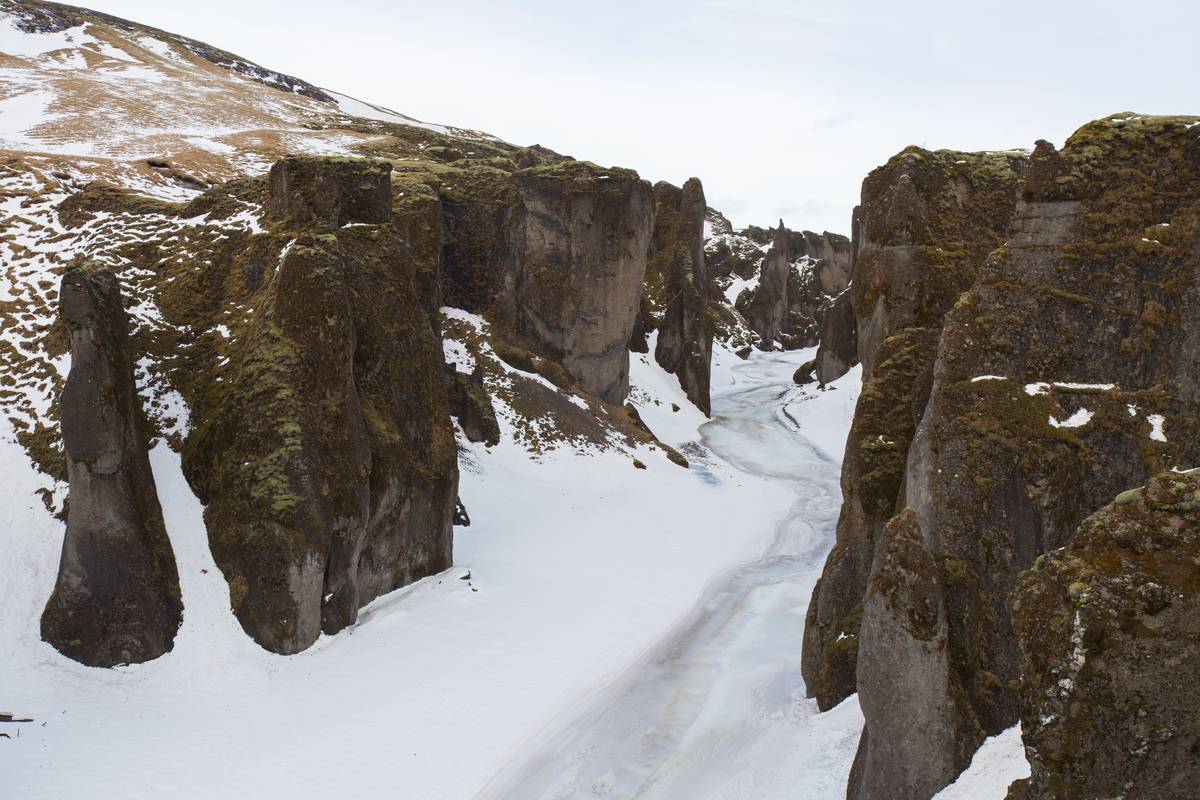
As it so happened, the two sets of remains turned out to be brothers. The expert believed that after they perished from the illness, the tribe had to decide what to do with their bodies. There were two options: either bring the bodies with them and risk infection or bury them.
They chose the latter because they didn’t want to risk others getting sick. But a recent snowfall made it impossible to dig graves. They had to think of another burial site.
They Remembered A Hole On The Surface
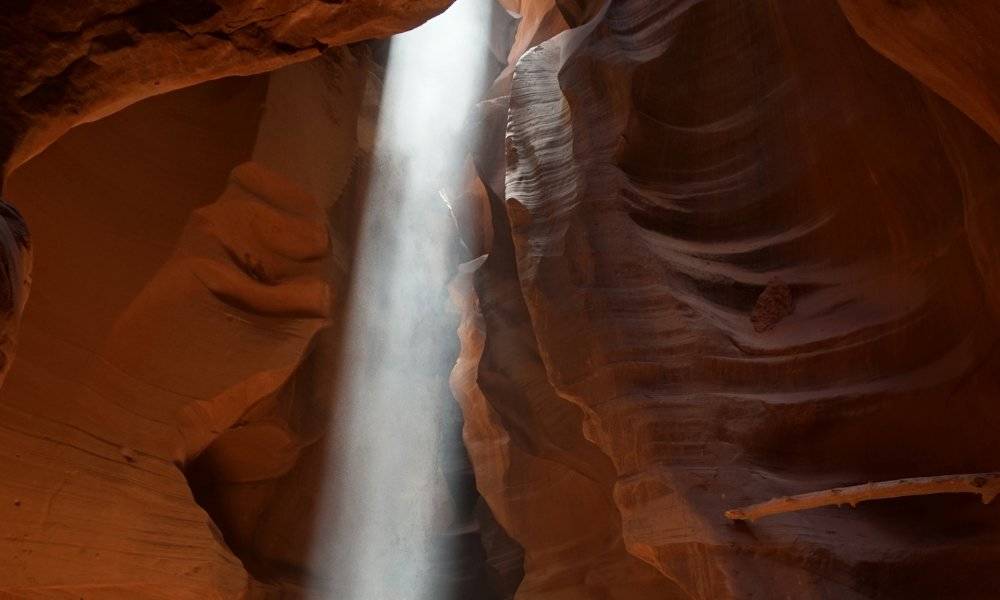
Then some of the Hualapai tribe members remembered something important. On top of the hill, there was a 50-foot deep hole. They could use it as a makeshift grave for the brothers to rest.
Of course, they had no idea the hole led to a cavern 200 feet below the surface. They also had no idea that some years later, the remains would be found, studied, and used as a marketing tool for an attraction called “Dope on a Rope.”
The Tribe Wanted To Preserve The Burial Site
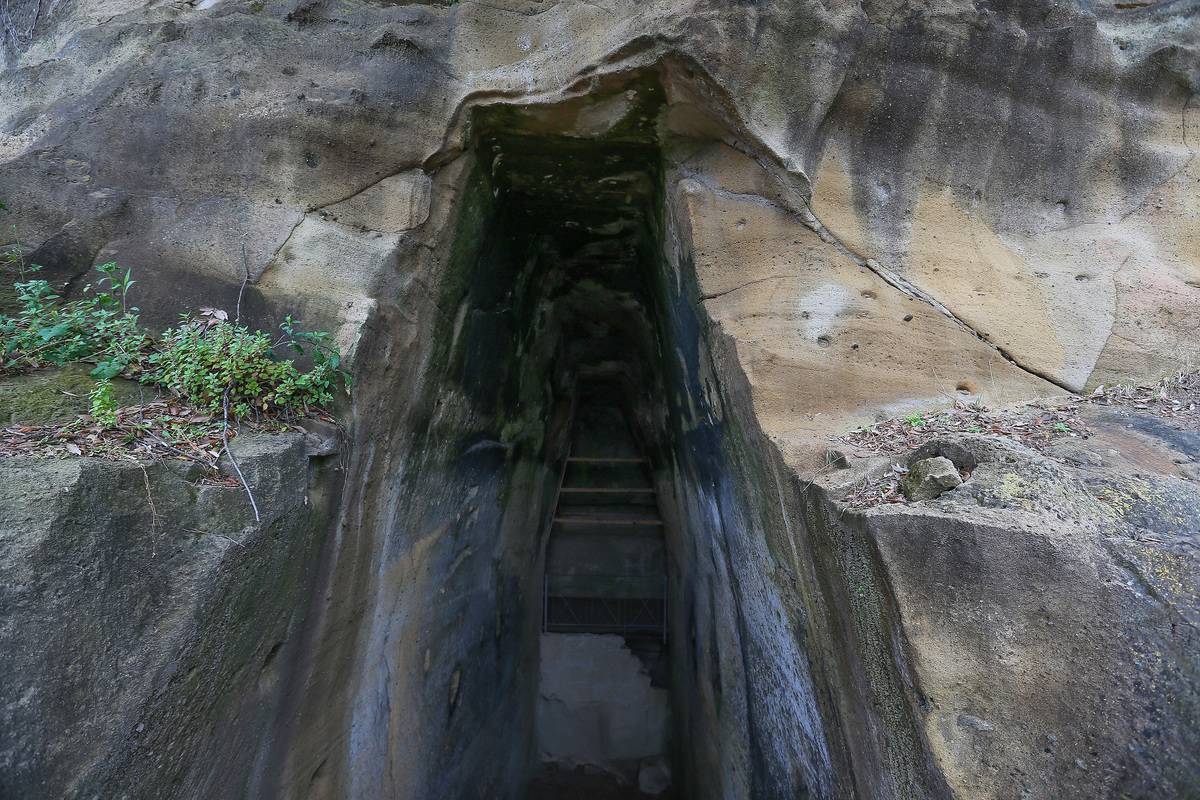
As it turns out, surviving members of the Hualapai tribe found out about the attraction. Needless to say, they weren’t overly fond of their ancestors’ remains being used as a tourist attraction, and for good reason.
So, in 1962, when an actual elevator was installed, some of the local tribe’s people asked for the entrance to be permanently sealed off. They considered the place to be sacred and didn’t want tourists waltzing through that particular area.
Experts Found Remains Of An Ancient Creatures
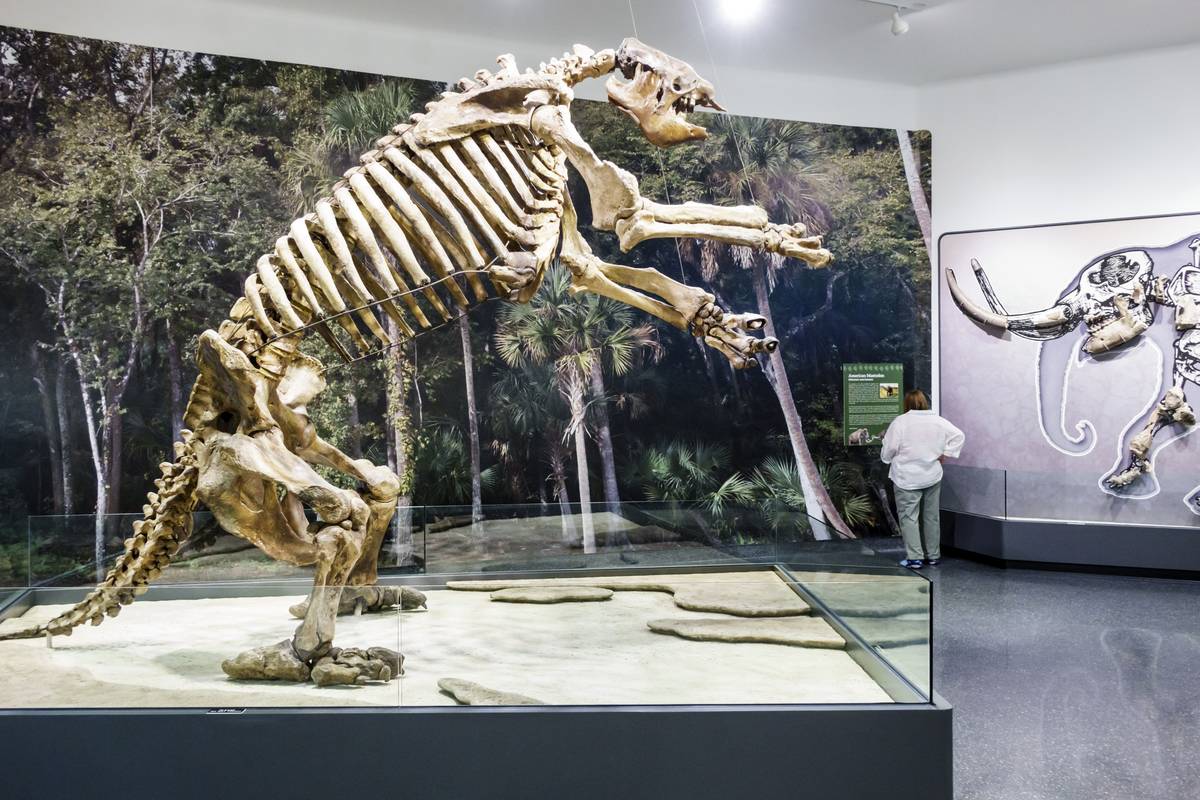
Even after the hole was sealed, experts combed through the area, looking for any other artifacts from the Hualapai tribe. They didn’t find any. Instead, they uncovered something else equally extraordinary. They excavated more bones, but not humans.
The bones they found above the hole were actually the remains of an extinct giant ground sloth! These creatures lived 11,000 years ago. And, according to the measurements of the fossil, the creature would have stood upwards to 15 feet tall!
No Animals Visit The Cave Today
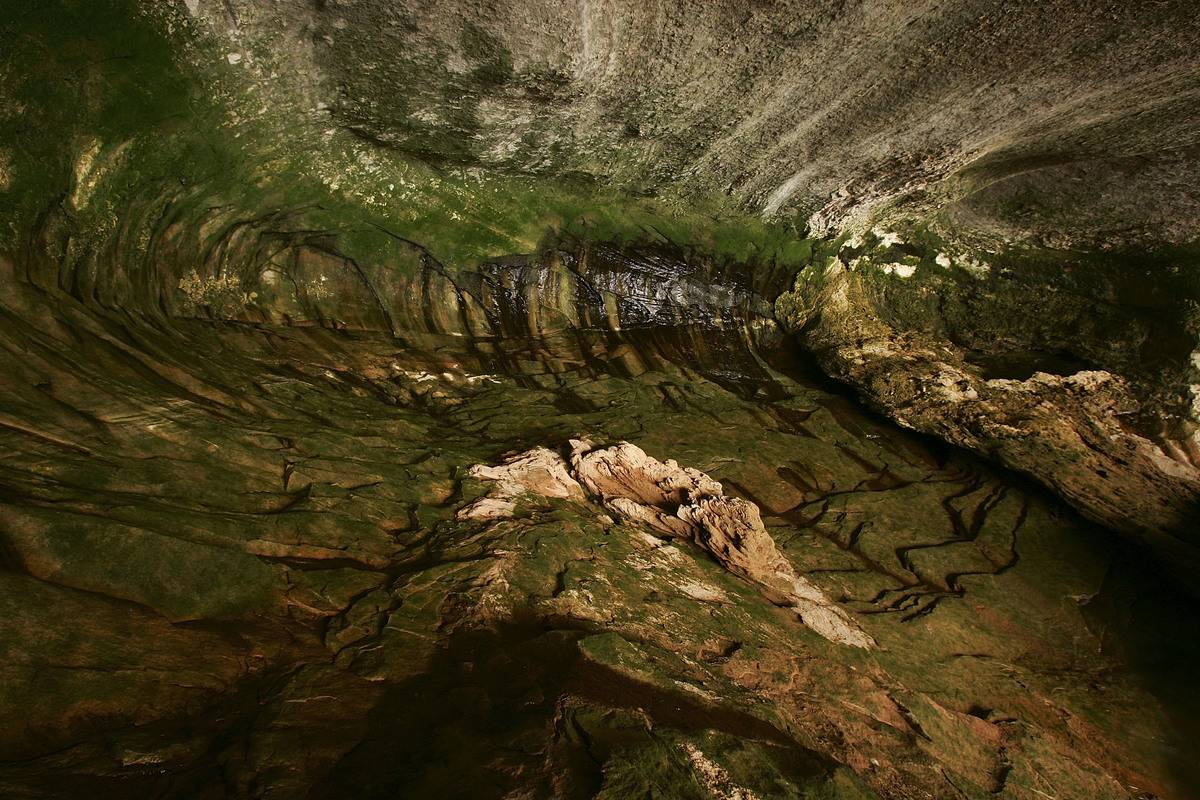
The giant ground sloth was most likely one of the last creatures to roam the area. Experts would be shocked if anything lived in the area, especially inside the caverns.
According to Atlas Obscura, the landscape doesn’t exactly make for ideal living due to its “extreme depth, perpetual and complete darkness, and zero humidity.” But just because animals no longer use the area doesn’t mean the caverns haven’t been utilized throughout the ages.
JFK Used The Caves
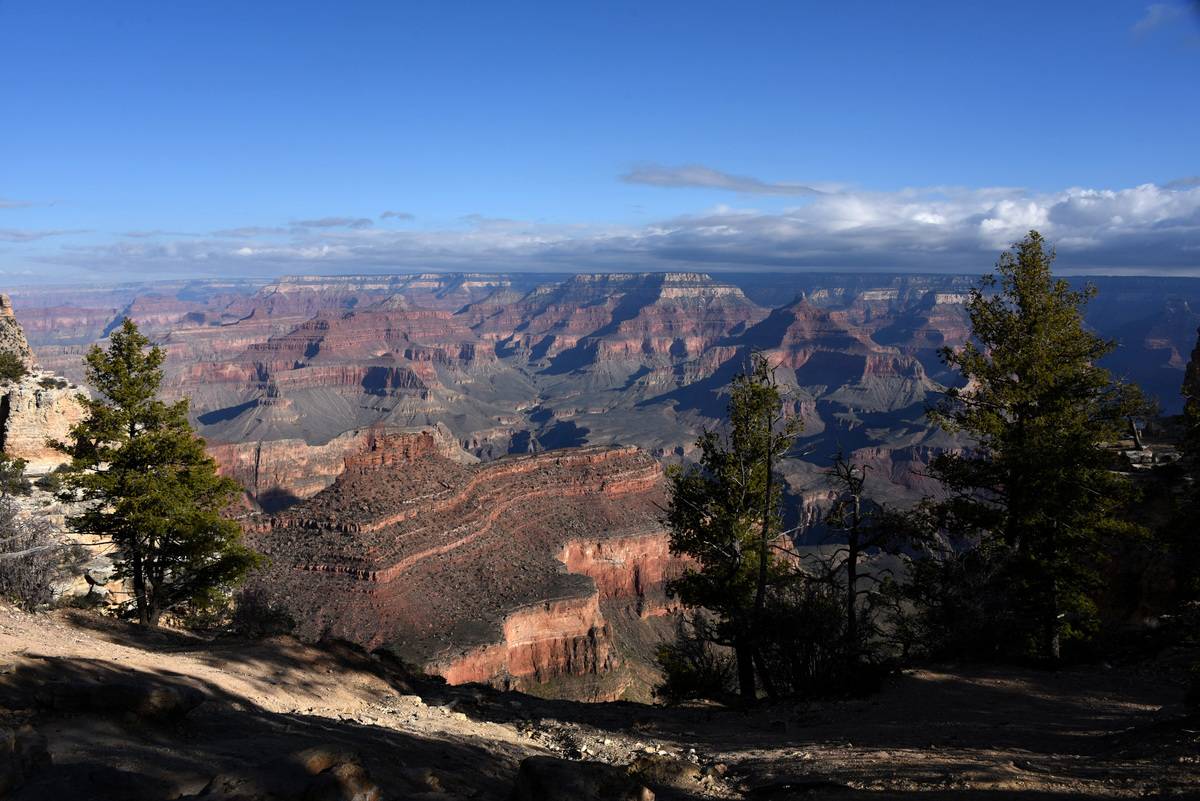
Although Peck’s cave isn’t ideal for plants, insects, and animals, that doesn’t mean it wasn’t used for other things. Would you believe John F. Kennedy took notice of the caves and thought up a plan to utilize them during his term?
That’s right, JFK thought the caves would be a great asset during the United States’ tiff with the Soviet Union. You’re not going to believe what his vision for the caves was!
He Wanted To Use It As A Bunker
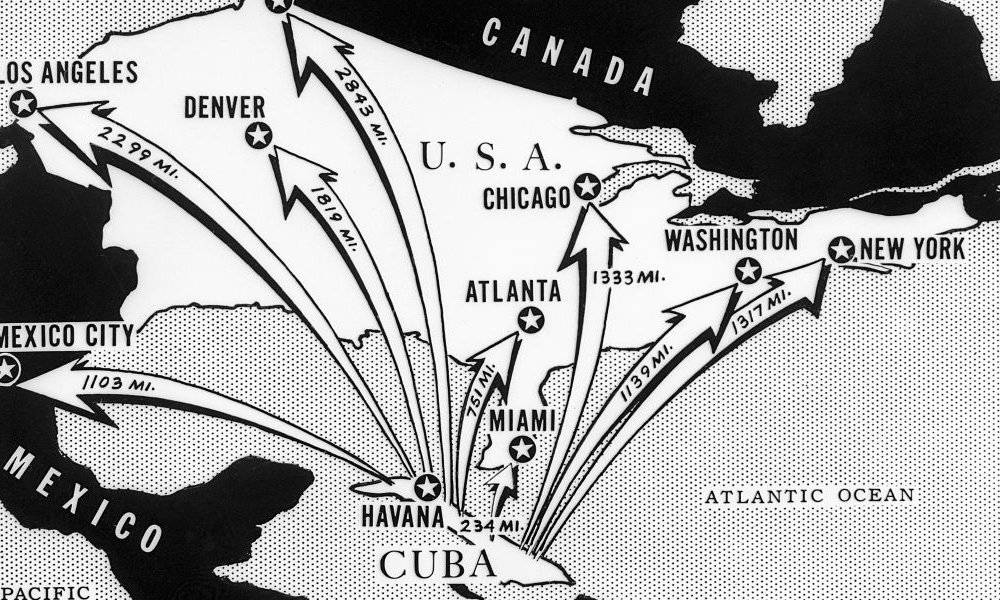
It all started in October 1961, when the United States discovered the Soviet Union had planted missiles in Cuba. Going straight into defense mode, JFK plotted out areas in the United States for civilians to hide in case worst came to worst and the Soviet Union decided to launch an attack.
Well, one such place he mapped out as a possible hiding place was the cavern Peck had discovered back in the ’20s!
The Cavern Was Fully Stocked For 2,000 Americans
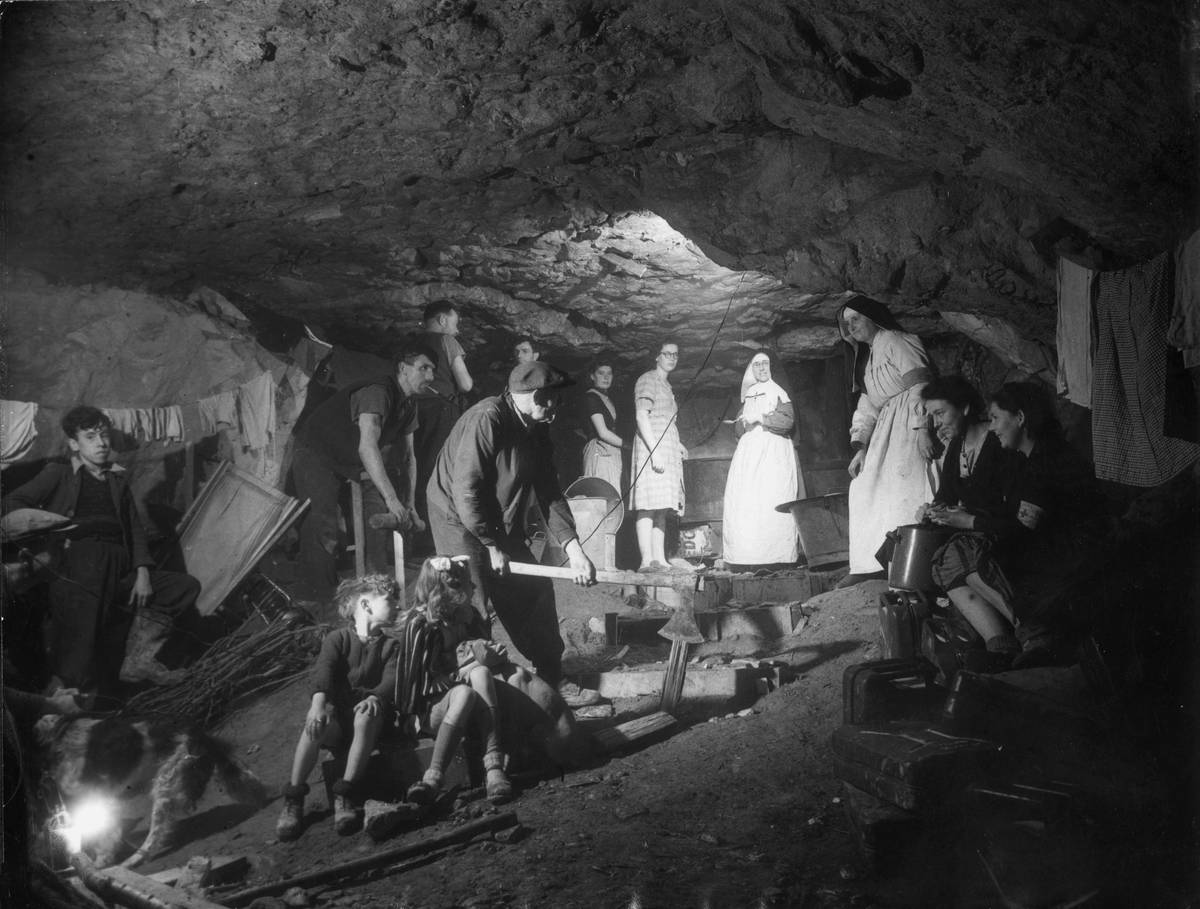
JFK wanted to be overly prepared if such an attack happened. So he stocked the caverns with supplies. But it wasn’t just blankets and lights, he also made sure that the caves had enough food and necessities for 2,000 American people to live underground for a month.
Thankfully, no such attack ever happened, and the American people didn’t have to worry about surviving in the caves for an extended period of time.
The Cave Was Eventually Turned Into Something Else Altogether
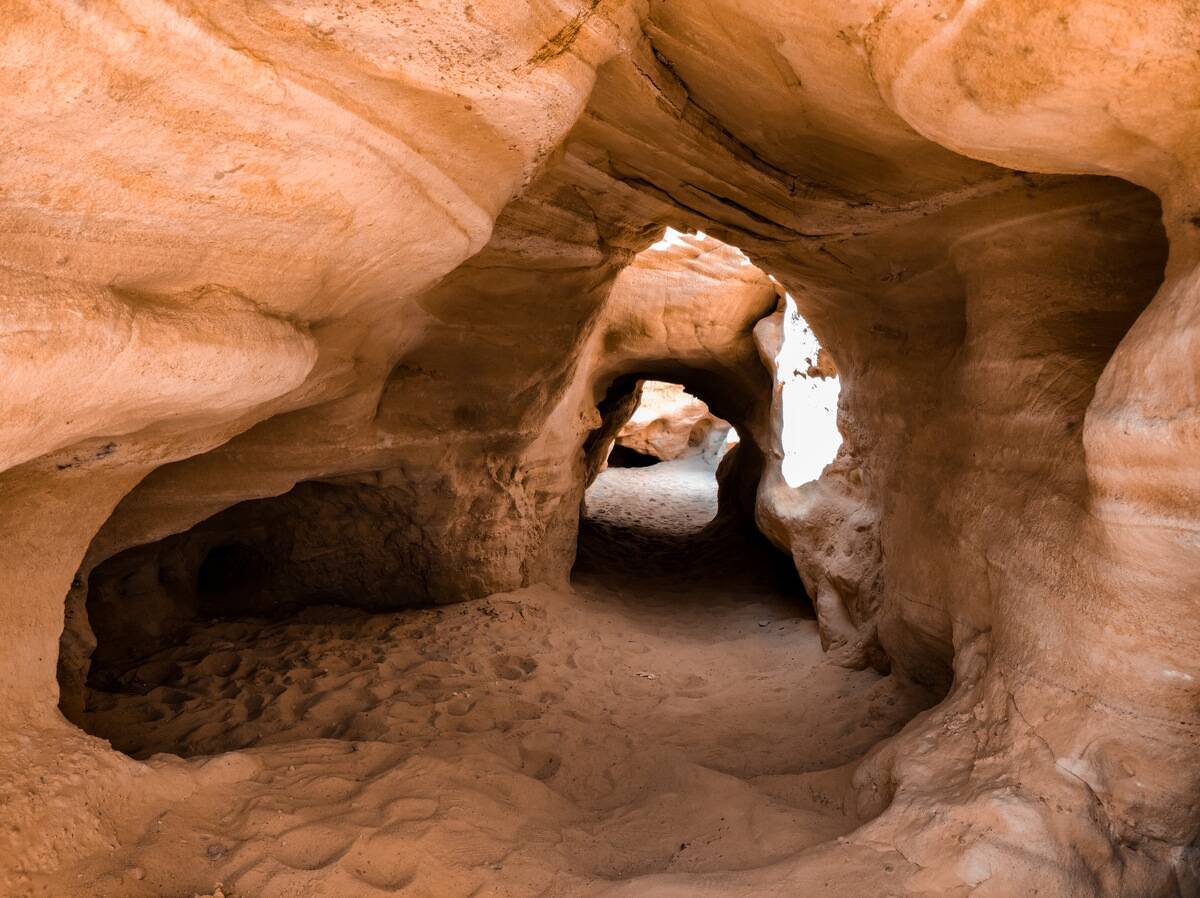
With the supplies all but forgotten, years later, the caves were eventually turned into a big tourist attraction. People were interested in traveling underground to see a different world. Over time, though, the caves turned into something else altogether.
They turned into something that Peck never dreamed possible! Today, people stop by the infamous cave for a very specific purpose: to stay overnight. The cave was actually renovated into one cool underground suite.
